location of green house
tbeardave
17 years ago
Related Stories
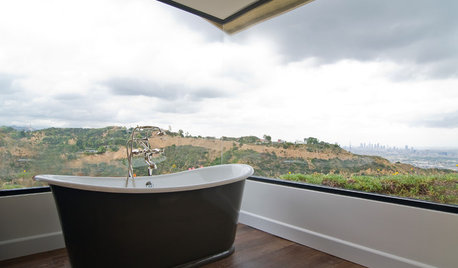
RANCH HOMESHouzz Tour: A Classic Ranch House Rises to the Location
A 1950s Hollywood Hills home with stunning L.A. views gets a thoughtful update
Full Story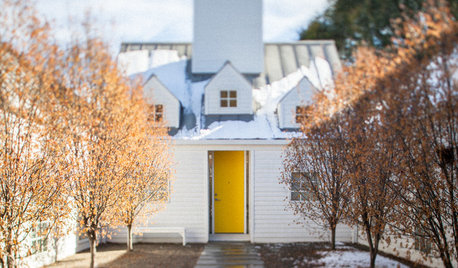
HOUZZ TOURSMy Houzz: A Master’s Design Goes Green and Universal
Adapting $500 house plans in Pittsburgh leads to planned Platinum LEED certification and better accessibility for one of the owners
Full Story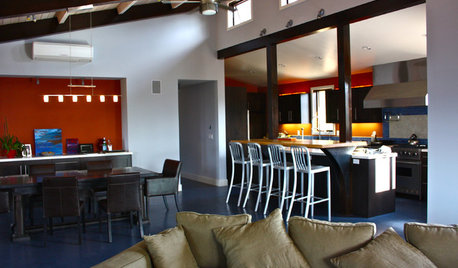
HOUZZ TOURSMy Houzz: An Architect's Contemporary Green Home
An architect in Ojai, California builds his dream family home with a bedroom rock climbing wall, built-in bunkbeds and a stunning deck
Full Story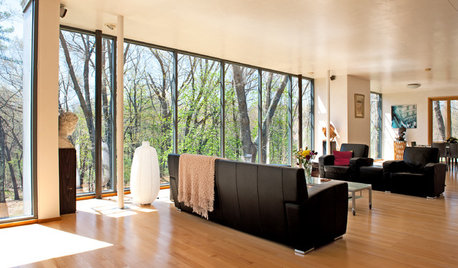
BEFORE AND AFTERSMy Houzz: A 1950s Bungalow Grows Up and Greens Out
Beauty and energy efficiency go hand in hand in this expanded and renovated Massachusetts forest home
Full Story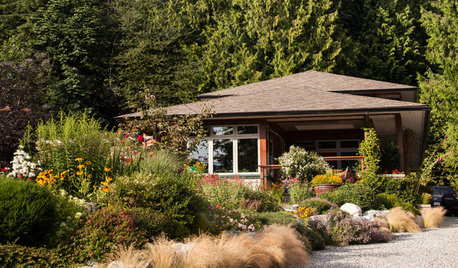
HOUZZ TOURSMy Houzz: Green Home Tucked in a Canadian Forest
Thoughtful craftsmanship and sustainability plus an exuberant edible garden make this bright home just right for a retiring couple
Full Story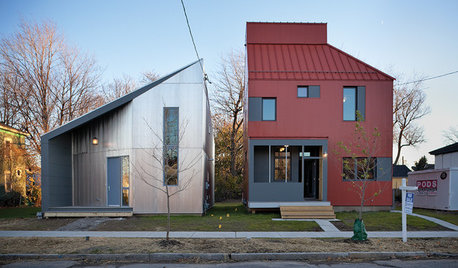
ARCHITECTUREEnergy-Saving Ideas From 3 Affordable Green-Built Houses
Get lessons in budget-friendly green building from design competition winners in New York state
Full Story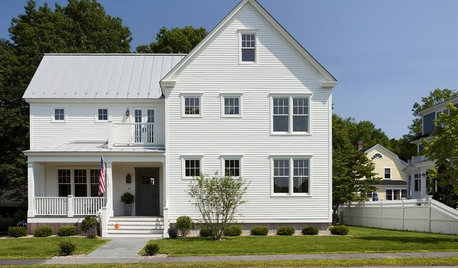
HOUZZ TOURSHouzz Tour: The Concord Green Healthy House
New home built for efficiency and flexibility finds its place in historic New England neighborhood
Full Story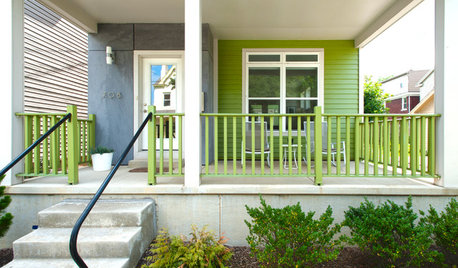
EXTERIOR COLORThe Joyful Exterior: Perk Up Curb Appeal With a Splash of Green
You may not want to douse your whole house with it, but green can work wonders as an exterior accent color
Full Story
DECORATING GUIDES10 Great Locations for Your Bar Cart
Save yourself a trip and tip money by playing bartender at home
Full Story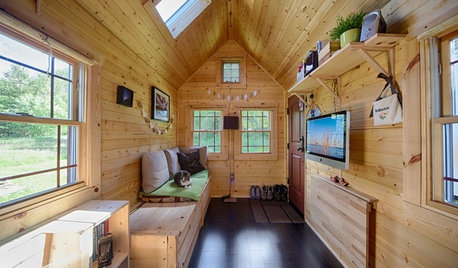
SMALL HOMESHouzz Tour: Sustainable, Comfy Living in 196 Square Feet
Solar panels, ship-inspired features and minimal possessions make this tiny Washington home kind to the earth and cozy for the owners
Full StoryMore Discussions







Karen Pease
tbeardaveOriginal Author
Related Professionals
Danbury Landscape Architects & Landscape Designers · Manorville Landscape Architects & Landscape Designers · White Oak Landscape Architects & Landscape Designers · Wakefield Landscape Contractors · Bedford Landscape Contractors · Bowie Landscape Contractors · El Mirage Landscape Contractors · Hannibal Landscape Contractors · New Braunfels Landscape Contractors · New Brighton Landscape Contractors · Palm Beach Gardens Landscape Contractors · Thonotosassa Landscape Contractors · Welby Landscape Contractors · Chanhassen Solar Energy Systems · Little Ferry Solar Energy Systemsmylu
oakhill (zone 9A, Calif.)
User
nathanhurst
oakhill (zone 9A, Calif.)
User
oregon_veg
tbeardaveOriginal Author
nathanhurst
Karen Pease
oakhill (zone 9A, Calif.)
Karen Pease